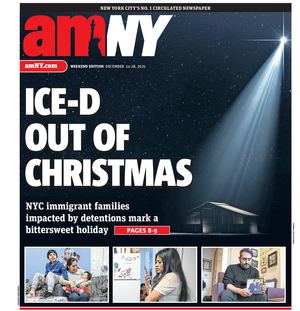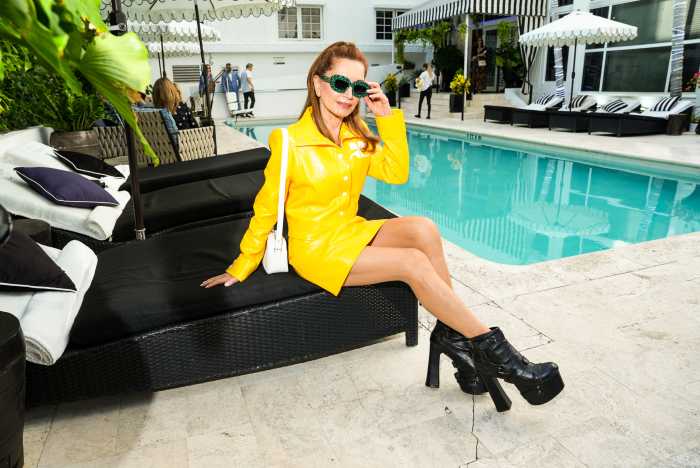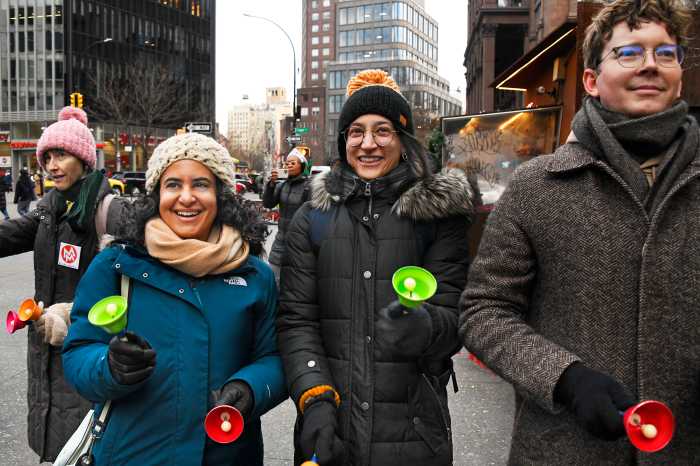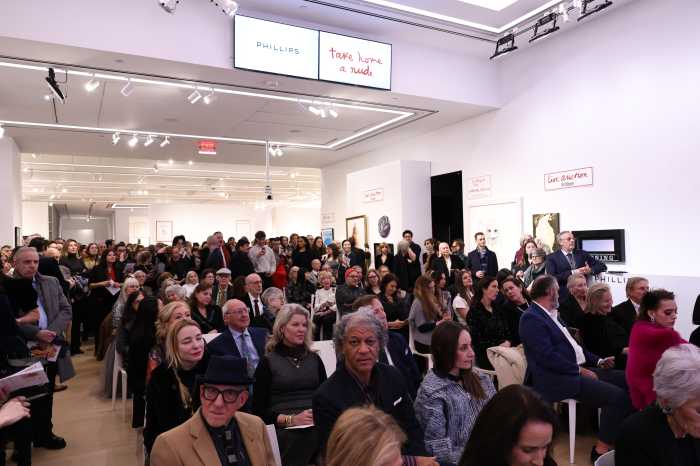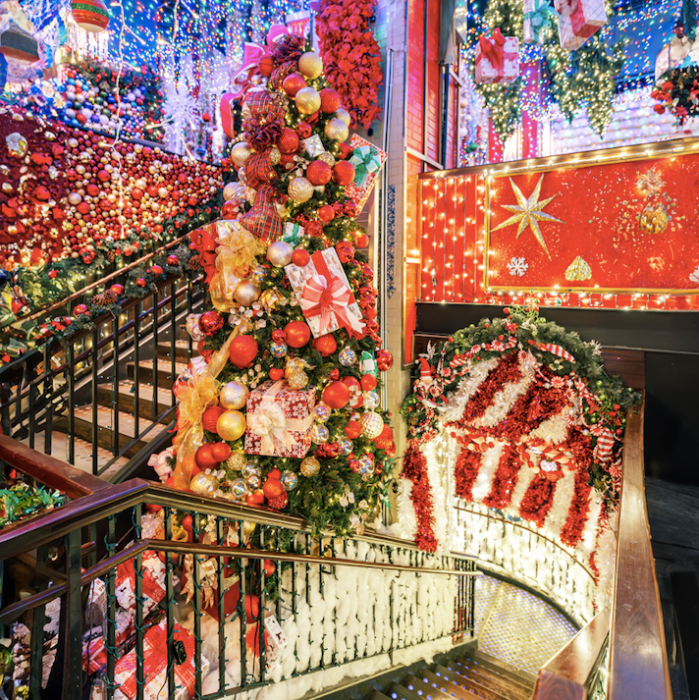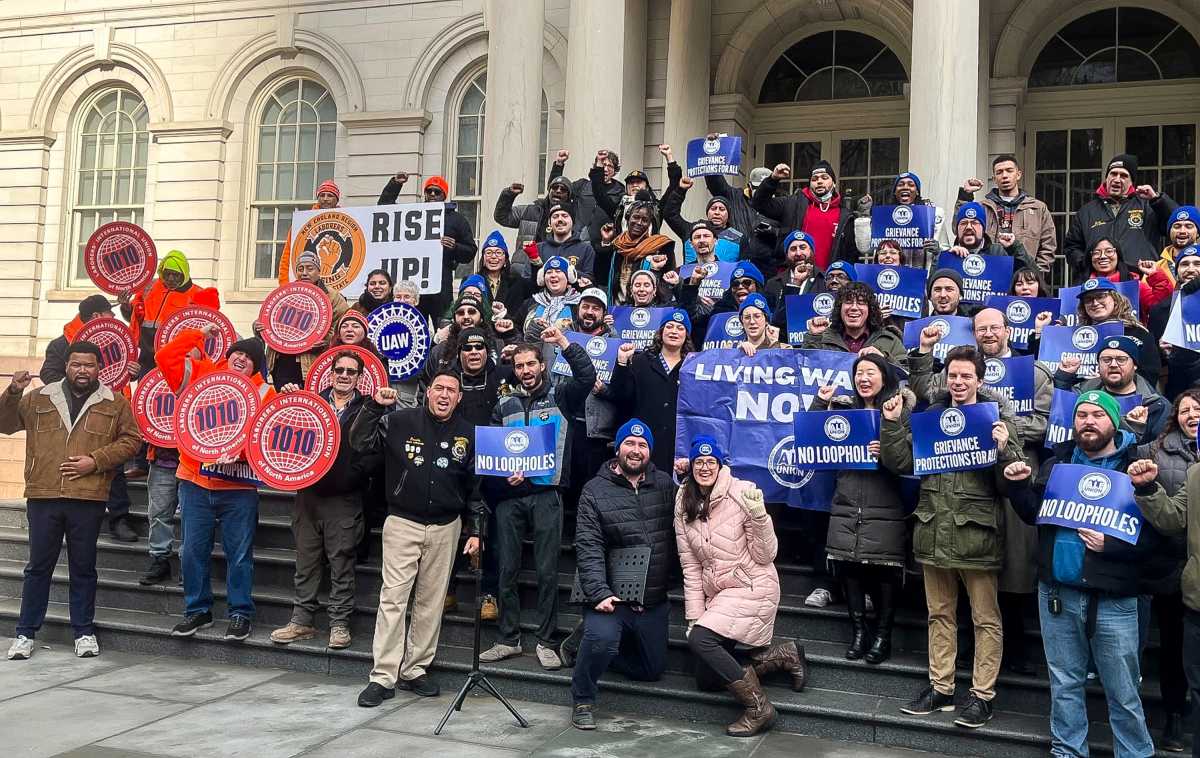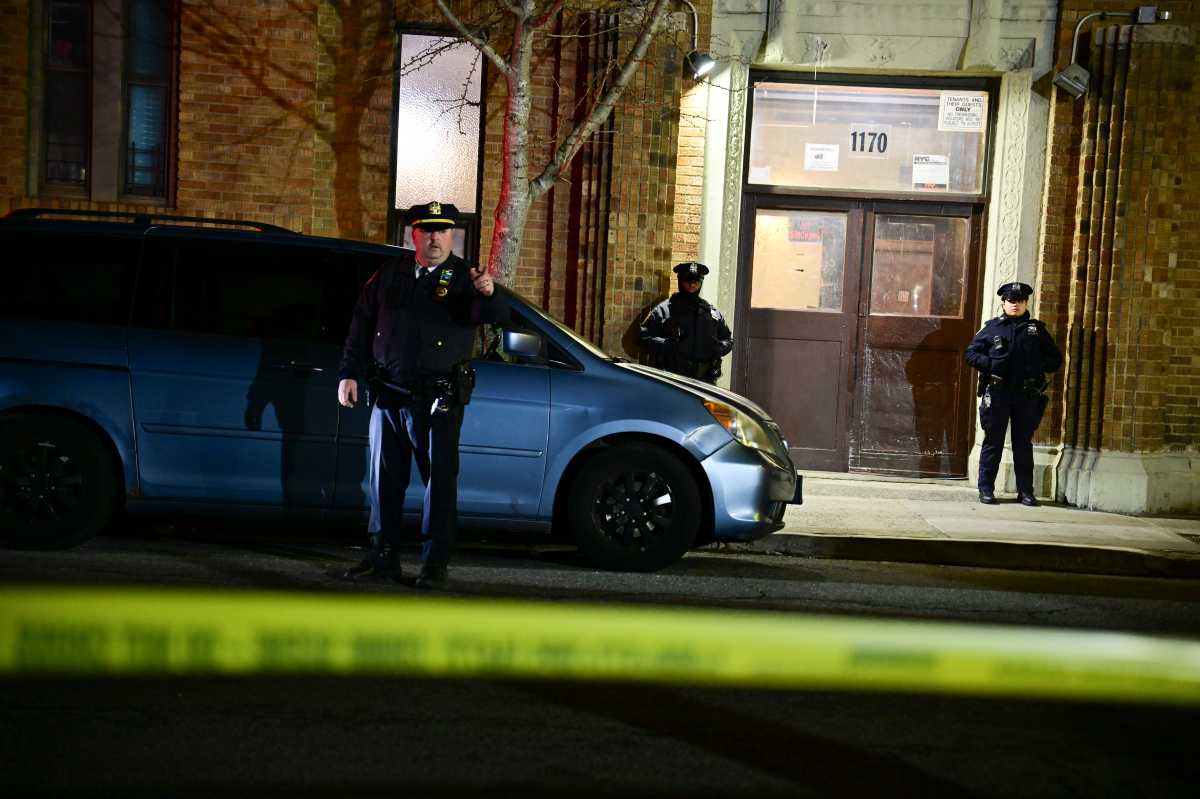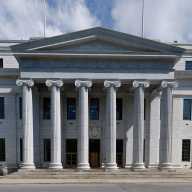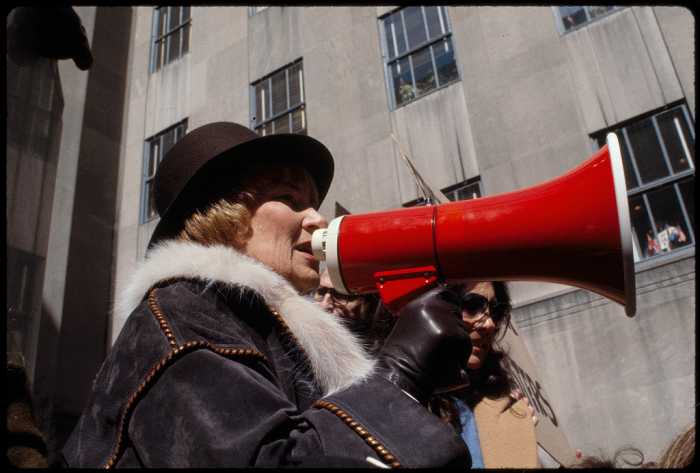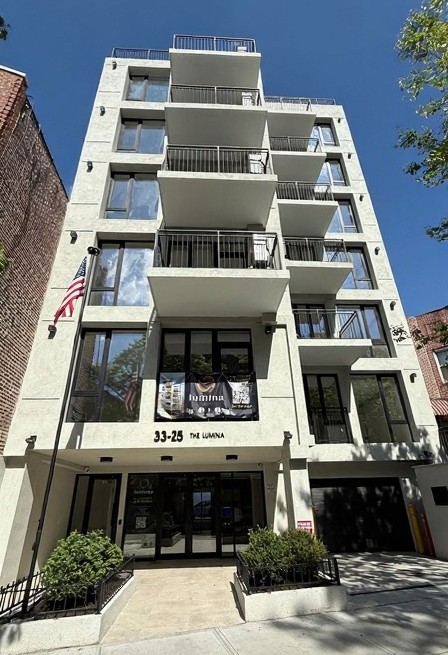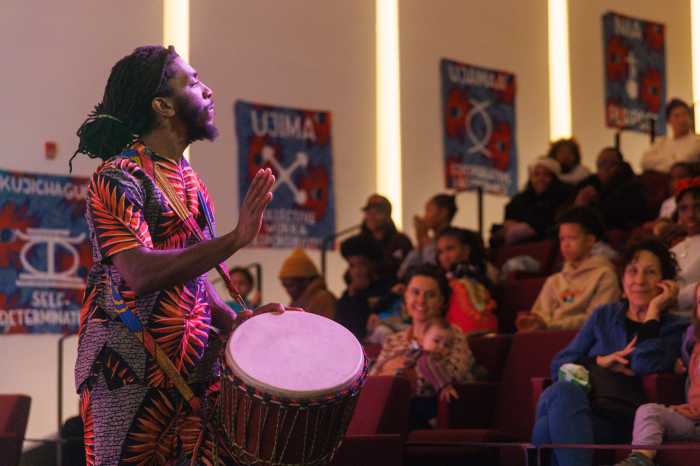By Albert Amateau
The Hudson River Park Trust Advisory Council last week took on the issue of Pier 40, at West Houston St., the largest pier in Hudson River Park and in dire need of repairs.
“The truth is, Pier 40 needs more money for repairs than the Trust has,” said Madelyn Wils, the new president and C.E.O. of the state/city agency responsible for the 5-mile-long riverfront park.
“We’ll have to face this sooner rather than later,” added Wils, who paid an unexpected visit to the Aug. 24 Advisory Council meeting. “The prospect of not getting it done is a recipe for disaster for the future of the park,” she said.
The three-level pier, covering four square blocks, was built in 1963 when it was leased to the Holland America Line, which used it until 1973.
The 14-acre pier, where the Trust has its offices, has been the major money support for the park, which is mandated to be self-sufficient. The roughly 2,000 spaces for long-term commercial parking provide up to $5 million per year — nearly half of the park’s annual revenue.
While the pier’s most popular use is the playing field in the pier’s supersize courtyard, parking is the second favorite for West Side neighbors.
But leaks in parts of the roof of the pier put that use in jeopardy. And the cost of roof repairs has been estimated at between $5 million and $15 million.
But the long-term problem has been the condition of the metal piles that support the pier. Over time, they corrode in the water.
The piles at the end of the pier are most at risk, Wils said.
“Some of them might be wrapped, which would be less expensive [than replacement] but we still have to be able to make emergency repairs,” she added.
Requests for proposals from developers who could defray the cost of making the sprawling structure secure — estimated at upward of $50 million — have led to dead ends over the past seven years, the most recent being a proposal by The Related Companies, dubbed “Vegas on the Hudson” by opponents.
One problem appears to be that the 1998 Hudson River Park Act limits most commercial piers in the park to leases of no more than 30 years — not long enough for most developers to be able to finance a project.
A 49-year limit on a lease, such as the ones that govern Chelsea Piers and Pier 57, which has a potential developer in Young Woo Associates, might encourage a developer to submit a proposal, suggested Robert Trentlyon, an Advisory Council member from Chelsea.
But Wils cautioned that a 49-year-lease might not be enough to attract many developers to a project as difficult as Pier 40.
“Most entities want to be able to see some profit before then,” she said.
Lawrence Goldberg, an Advisory Council member from Greenwich Village, suggested seeking proposals from several developers for discrete parts of the 14-acre pier.
“Incremental development, a piece at a time, might be less likely to remind developers of past failures,” he said.
However, Wils said, “We’re going to find a way together to do this and we can’t wait 10 years.”
The Advisory Council, made up of members of riverfront community boards that include the park — Boards 1, 2 and 4 — elected officials and representatives of advocacy groups, will schedule further meetings on Pier 40, according to John Doswell, a Community Board 4 member who chaired the Aug. 24 meeting.
